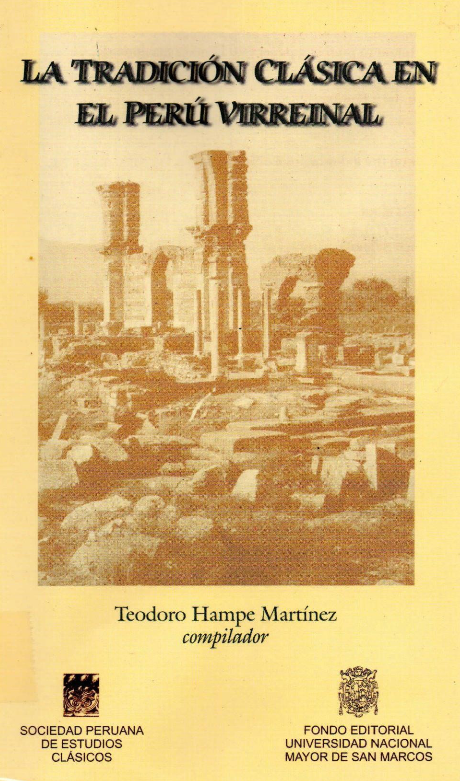
Libraries
Libraries
La tradición clásica en el Perú virreinal
This book offers fifteen essays with different orientations on the influence of the Greco-Roman tradition on the cultural and political activity of viceregal Peru, from its arts, letters and philosophy, to its jurisprudence and historiography. According to Teodoro Hampe, «what is peculiar about the reception of classical culture in America – appropriation, use and transformation of the elements of Antiquity – is that it took place in an environment very different from that of origin» (p. 4). This supposed the coexistence of continuities and discontinuities.
The texts focused on the study of print culture, the history of ideas and the analysis of discourse examine the cultural baggage – the formation and influence of the Greco-Latin world – used by the chroniclers of the 16th and 17th centuries to describe the natural landscape and the social reality of the Andean space. In addition, an introductory study presents the work of Fray Jerónimo de Valera, considered the first philosophical work in Peru: Commentarii ac quaestiones inuniversam Aristotelis et Duns Scoti logicam (1610).
On the other hand, the texts on viceregal art show that various motifs of the Greco-Roman civilization were retaken and put at the service of evangelization in the Indies, as observed in literature, the arts and the urban scene: the emblem, allegorical compositions and ancient mythological themes. Other texts focus on Indian law and viceregal legal reality.

